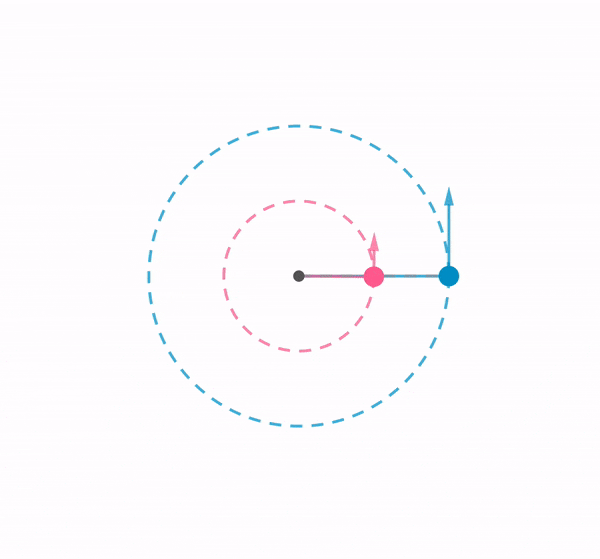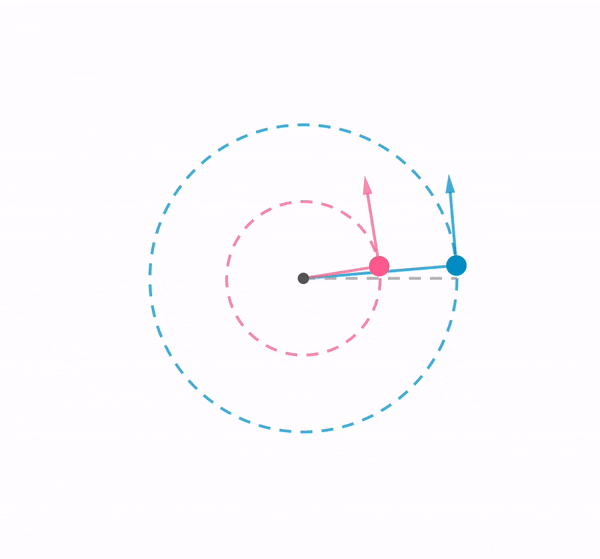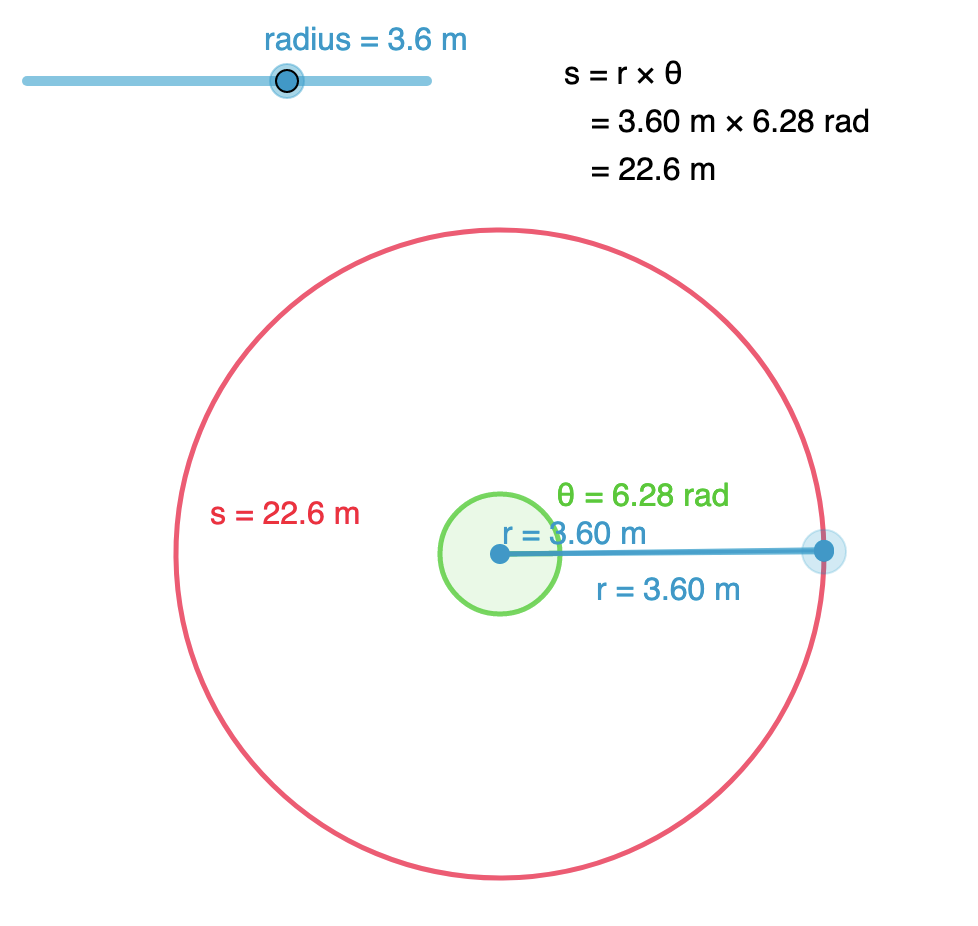Here is a template that I might use to generate questions for students’ self-assessment in future. Based on a query that one of the participants in a GeoGebra online tutorial asked about generating random questions for simple multiplication for lower primary students.
The online tutorial was conducted by some teachers in the Singapore MOE GeoGebra community to share how GeoGebra could be used to create resources for home-based learning.



